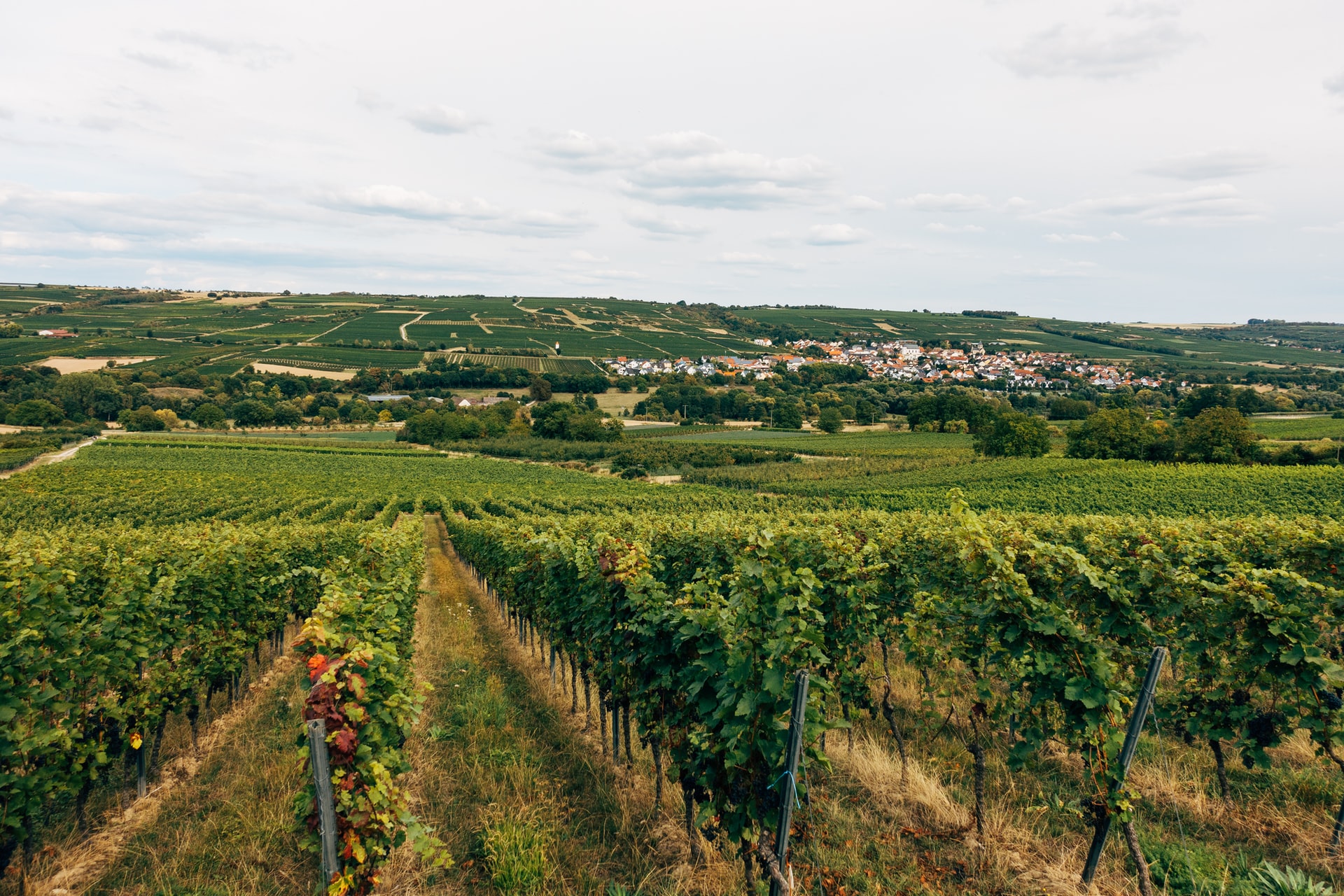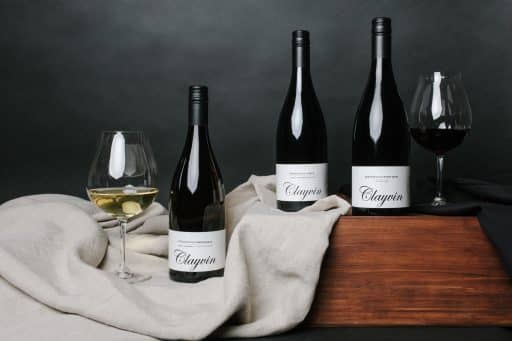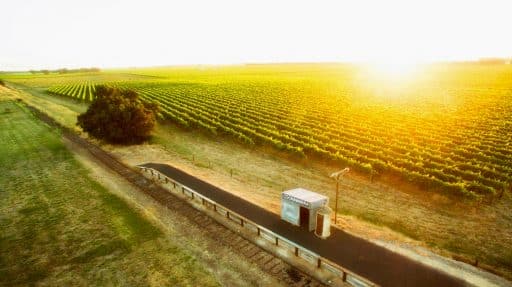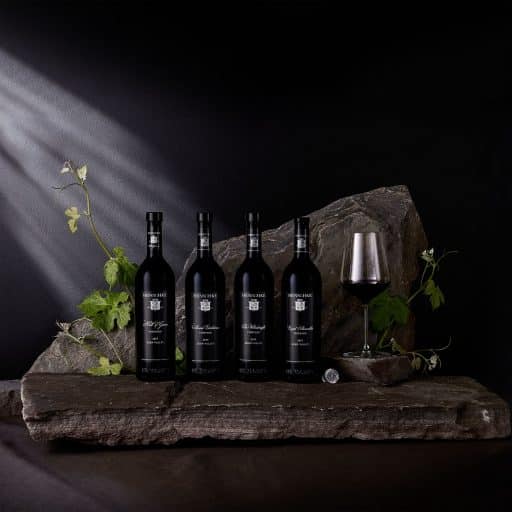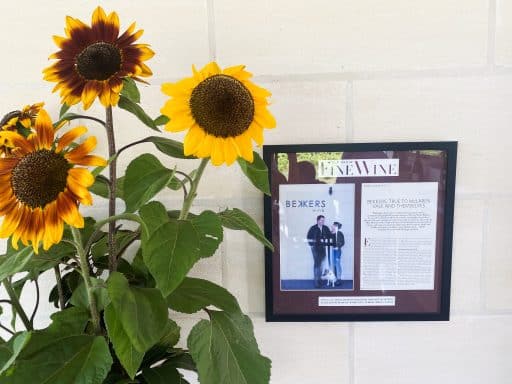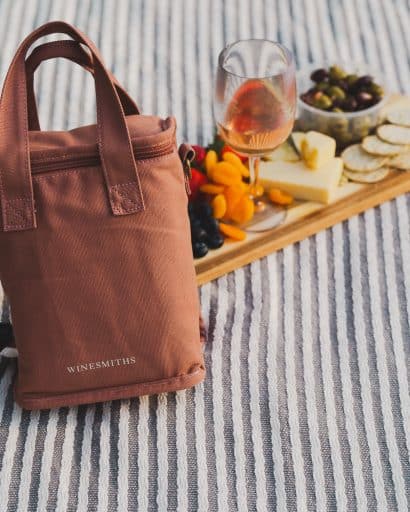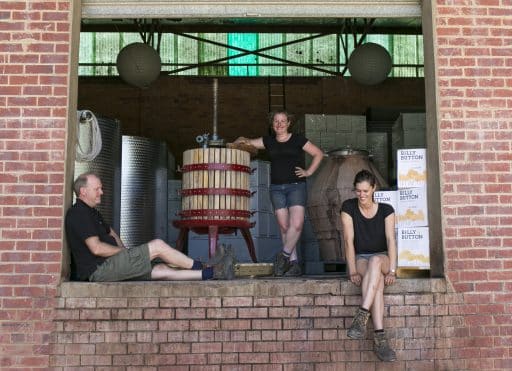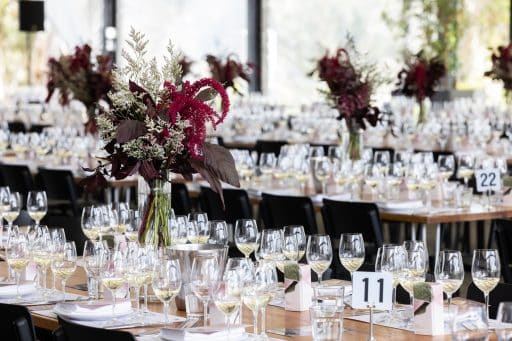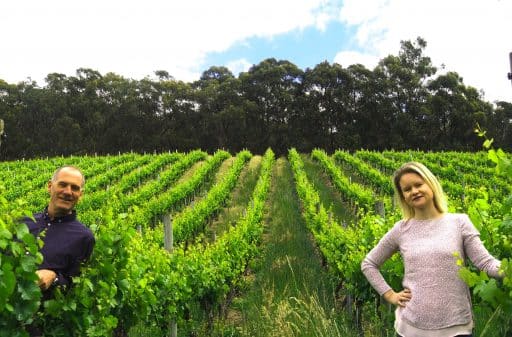There’s a nasty little rumour that has been circulating for a while, damaging the reputation of a great drink, and worse, discouraging people from trying it… “Riesling is always sweet”.
Like many rumours it was never meant to be malicious. It arose from a bit of a misunderstanding, a lot of cryptic labels, and a boozy nun.
How did the reputation of riesling become tarnished?
Riesling was one of the earliest varieties to be planted in Australia, possibly arriving with the First Fleet. It thrived in cooler areas and quickly became associated with regions known for quality viticulture. By the 1960s there were a number of wineries making pure, fresh, tangy and dry (the opposite of sweet) riesling.
In the 1970s, wine casks (or goon, for the locals) became popular. There were no rules around wine labelling, you could put whatever grapes you wanted into the wine and call it whatever you wanted. Fancy names from Europe were often used like ‘Riesling’ or ‘Moselle’; derived from the Mosel region in Germany, where riesling is huge.
However, many of these wines contained no riesling grapes at all. Without labelling laws it wasn’t unusual for ‘table grape’ varieties, such as sultana, to be used in blends labelled as ‘riesling’. Cask wine was so popular and accessible that the name ‘riesling’ became synonymous with sweet wine.
Meanwhile German companies had their own issues. Germany is known for making riesling in a range of styles from dry to very, very sweet. Traditional labelling terms like ‘kabinett’ and ‘spatlese’ don’t reveal how sweet the wine is, and old-school labels with untranslatable words in gothic fonts certainly didn’t help sales.
Export markets were completely baffled by German wine, until an enterprising company designed a label with a flirty nun dressed in blue. Blue Nun was a sweet wine containing some riesling, along with a host of other grape varieties. Provocative advertising campaigns comforted nervous dinner party hosts with the promise that Blue Nun was a wine that went with everything. It became extraordinarily popular.
In the 90s labelling laws were introduced in Australia that created transparency. A wine labelled as ‘riesling’ must contain at least 85 percent riesling grapes. This helped Australia’s position in the international market, with people loving the clarity and unassuming approach; quite unique for the confusing world of wine.
Are you ready to give riesling a chance?
Blue Nun was onto something – riesling is such a versatile variety with its high acidity and zesty citrus flavours. If acid sounds like a bad thing, think of all the foods you love. It’s the balance of acid that keeps you coming back for more – a squeeze of lemon on crunchy calamari, dumplings dipped in black vinegar, balsamic vinegar drizzled on a caprese salad; acid offers freshness.
Dry riesling is a great match with crisp salads and fresh seafood. If you prefer deep-fried, again riesling shines, with the high levels of acidity cutting through the richness of the food. Asian dishes can be quite hard to match with wine – complex sauces packed with spices or bursts of chilli heat can make some wines taste thin and bitter. However a riesling with a little sweetness will keep you coming back for more.
Something quite magical happens to riesling as it ages. After at least 5 years the floral and citrus aromas start to develop into toast and honey flavours, and the wine develops a depth and richness that can cope with hearty dishes like roast chicken or pork.
But how can you tell what you are buying?
If it’s Australian, there’s a good chance it’s dry, and if not, the label will usually mention sweetness or “residual sugar”. A lot of Australian winemakers have started to put a guide to sweetness on the label which makes it very easy.
If the label doesn’t help you then here’s a hot tip – check the alcohol level.
During fermentation of grapes to make wine, yeast consumes sugar to produce alcohol. A dry wine is where the yeast have consumed all the available sugar, so the alcohol will be higher – at least 11%. To make a sweet wine, the winemaker stops the fermentation early, leaving some natural grape sugars in the wine. If the wine is 8.5% alcohol by volume (abv) like the Pikes Olga Emmie Riesling, you would expect it to be noticeably sweet and a great match for spicy food or fruit salad. At 9.5% abv Pewsey Vale Prima Riesling has a little sweetness that will offset the chilli in a Vietnamese salad beautifully. At 11.8% the Hentley Farm Eden Valley Riesling is deliciously dry.
Don’t just take my word for it – give it a go. I don’t want to be accused of starting any rumours…
Get all our riesling reviews here.

